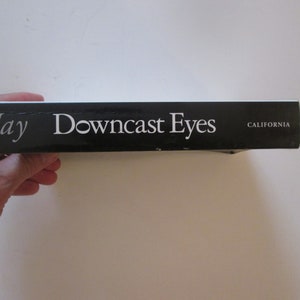

Certain cultures have different rules as to when it is acceptable to express a particular emotion and to what degree. Others may carefully control and modulate their feelings.

Some individuals are naturally more expressive in terms of general animation, gestures, and affect. Second, psychiatrists must consider a particular individual's typical presentation and usual mental status examination. Crossing one's arms across the chest might mean the patient is not open to pursuing a particular avenue of exploration however, in another case it might simply be indicative of the office temperature being too cold for comfort. During an initial interview, patients may seem anxious about talking to a complete stranger about their problems or appear distracted as they take in the novelty of the psychotherapist's office. First, a psychiatrist should take into consideration the environment in which an interaction is taking place. There are multiple layers of context to consider. In London, displaying the American peace sign instead represents victory. In the United States if the palm is facing the individual using this gesture it signifies “victory” and if the palm is facing others it is identified as a symbol meaning “peace.” In England, however, making the American “V for victory” sign is an insult with sexual connotations. For example, consider the hand gesture of extending only the index and middle fingers, spread apart in a V shape, while closing the rest of the hand. No single behavior or gesture means the exact same thing in every conceivable context. However, it is very important that physicians not only notice cues but that they draw appropriate interpretations from them.” 3 Nonverbal cues cannot be interpreted in a vacuum. 3 “Clearly, physicians can use this kind of knowledge. Knapp and Hall specifically address the issue of physicians' limited training in nonverbal communication.

Being aware of these unspoken subtleties can offer a psychiatrist valuable information that a patient may be unwilling or unable to put into words.Īll nonverbal behavior must be interpreted within context. In this article, clinical vignettes will be used to illustrate various aspects of nonverbal communication that may occur within the setting of psychotherapy. In a complimentary fashion, psychiatrists must be aware of their own nonverbal behaviors and communication, as these can serve to either facilitate or hinder the patient-physician interaction. In psychiatry, much emphasis is placed on not only listening to what patients communicate verbally but also observing their interactions with the environment and the psychiatrist. Changes in these parameters from session to session allow the psychiatrist to gather important information about the patient. This includes elements such as a patient's baseline general appearance and behavior, affect, eye contact, and psychomotor functioning. The mental status examination is the objective portion of any comprehensive psychiatric assessment and has key diagnostic and treatment implications.


 0 kommentar(er)
0 kommentar(er)
